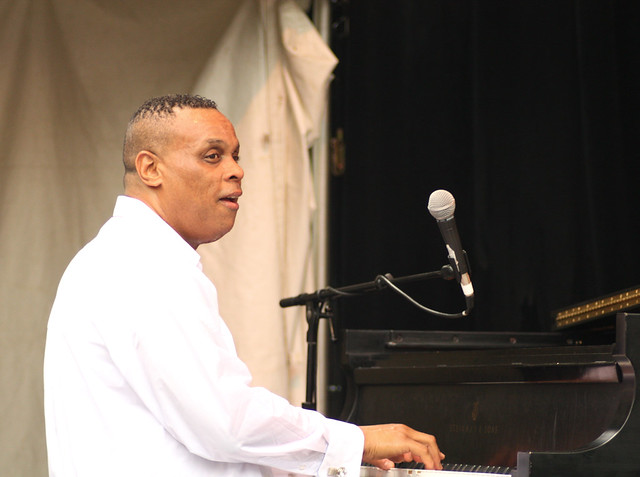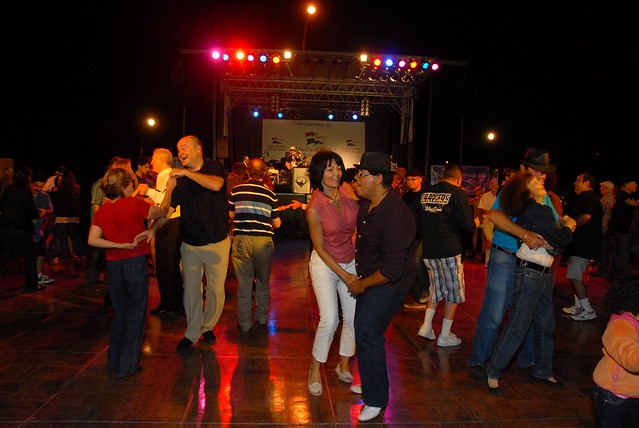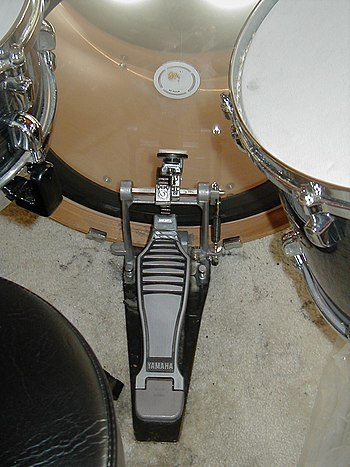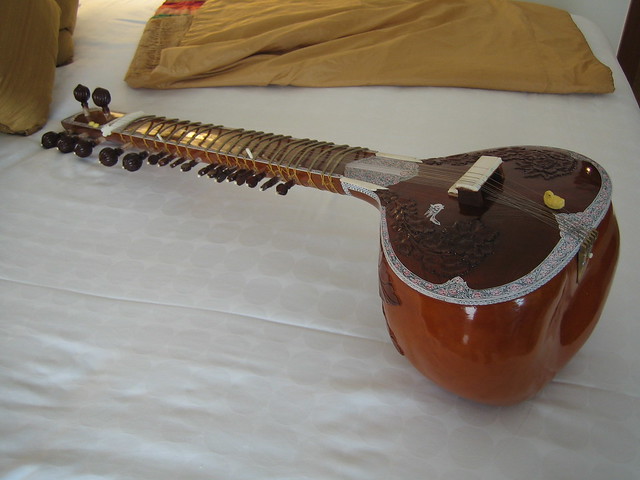 |
| Glen Miller during his service in the US Army Air Corps. (Photo credit: Wikipedia) |
A native of Clarinda, Iowa, Miller topped the charts in the late 1930s and won the first-ever Gold record for his recording of "Chattanooga Choo-Choo." While devotees of American pop music regard him as an icon and his hometown has hosted a Glenn Miller Festival since 1965, the British hold him in even greater esteem.
In 1942, as Captain and Commander of the U.S. Army Air Force Band, he was attached to the Supreme Headquarters of the Allied Expeditionary Forces (SHAEF) and quartered at Milton Ernest near Bedford. For the next two years, he and his band entertained American and British servicemen.
On December 15, 1944, he flew from Twinwood to entertain the soldiers who had liberated Paris. He never arrived. Researchers believe that his plane was downed by friendly fire: unused bombs dumped in the English Channel by B-17 pilots before returning to their base.
British nostalgia for Big Band music continues unabated. Fans eager to experience their adoration of Miller firsthand board the Bedford train at London's Kings Cross Thameslink Station. After a short taxi ride from Bedford to nearby Clapham, they reach Twinwood Airfield and are quickly swept into the time warp that materializes every summer weekend.
It is 1944 once more. RAF pilots and women and children in vintage attire stroll along the now-crumbling airstrip. Between reenactments, camouflaged troops are encamped throughout the adjacent thick woods to protect the planes and armored vehicles. Many boil coffee over campfires and gnaw on K-rations. Miller's recordings reverberate everywhere over loudspeakers.
The Glenn Miller Museum sits at the top of a rise in the World War II Control Tower. Restored in 2002 to its original specification, it houses an audio and visual exhibition of Miller's instruments, his Air Force uniforms, a jukebox, records, sheet music, and movie posters, as well as a gallery of photos of his band performing throughout England during the war.
The annual spectacular, the family-oriented Glenn Miller Festival of Swing, Jazz, and Jive, is held the last weekend of August. Big bands and vocalists from around the world congregate to perform non-stop before adoring crowds. When audience members cannot resist the urge to leap to their feet and jitterbug, those needing instruction are invited to learn the popular World War II dance steps from teachers posted around the airfield complex. The Festival is sold out well in advance every year, proof that great music improves with age.
Emily Cary is a prize-winning teacher and novelist whose articles about entertainers appear regularly in the DC Examiner. She is a genealogist, an avid traveler, and a researcher who incorporates landscapes, cultures and the power of music in her books and articles. Article Source: EzineArticles |















